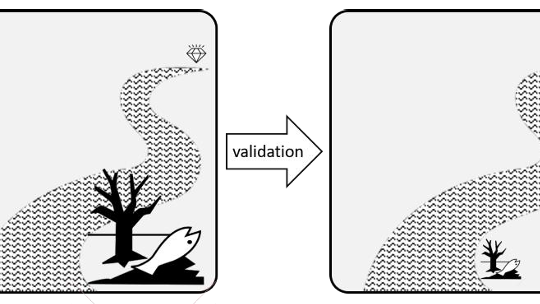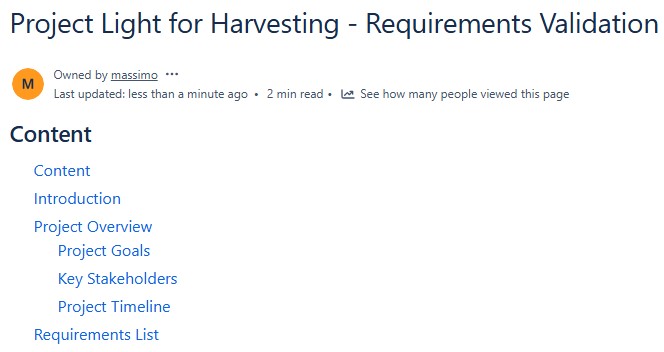When developing systems, requirements validation is absolutely crucial. I cannot stress this enough. Without it, we risk building solutions that disappoint stakeholders and fail to meet real needs. Even worse, we might waste valuable time and money fixing issues that proper validation could have prevented. In this article, I’ll highlight why validating requirements early ensures quality, alignment, and long-term project success.
What is Requirements Engineering?
Requirements engineering involves gathering, analyzing, and managing stakeholder needs. It is the foundation of successful system development. By understanding what users expect, we create precise requirements that guide developers and suppliers. But what happens if those requirements are inaccurate or incomplete? That is where requirements validation becomes essential.

Why Requirements Validation Matters
Validating requirements ensures we meet stakeholder needs. After all, requirements serve as the input for system development. If the input is flawed, the output will be too. Therefore, checking requirements early helps prevent unnecessary effort and costly rework.
I always make sure to validate three key aspects:
- Coverage of Stakeholder Needs: I carefully review whether our documentation addresses all stakeholder concerns. By doing this, I avoid critical gaps.
- Stakeholder Agreement: I verify that stakeholders agree on the requirements. Without consensus, misunderstandings can lead to serious conflicts.
- Assumptions About System Context: I assess whether our assumptions are realistic. When assumptions are incorrect, they can cause significant issues later.
This validation process applies to both iterative and sequential development approaches. No matter the methodology, validating requirements is indispensable.
Final Thoughts
In conclusion, requirements validation is not optional. It is a fundamental step that safeguards product quality and stakeholder satisfaction. By validating requirements early, I prevent avoidable mistakes and streamline development. As a result, my team delivers better systems faster.
What’s Next?!
Now that you understand why requirements validation is so important, it’s time to dive deeper. In my next article, Feature Oriented Requirements Validation: A Complete Guide, I explore how focusing on system features makes validation more structured, efficient, and goal-driven. Click to learn how this approach transforms vague ideas into clear, testable, and verifiable requirements that truly meet stakeholder expectations.
This article covers concepts that are also included in the CPRE certification syllabus.




